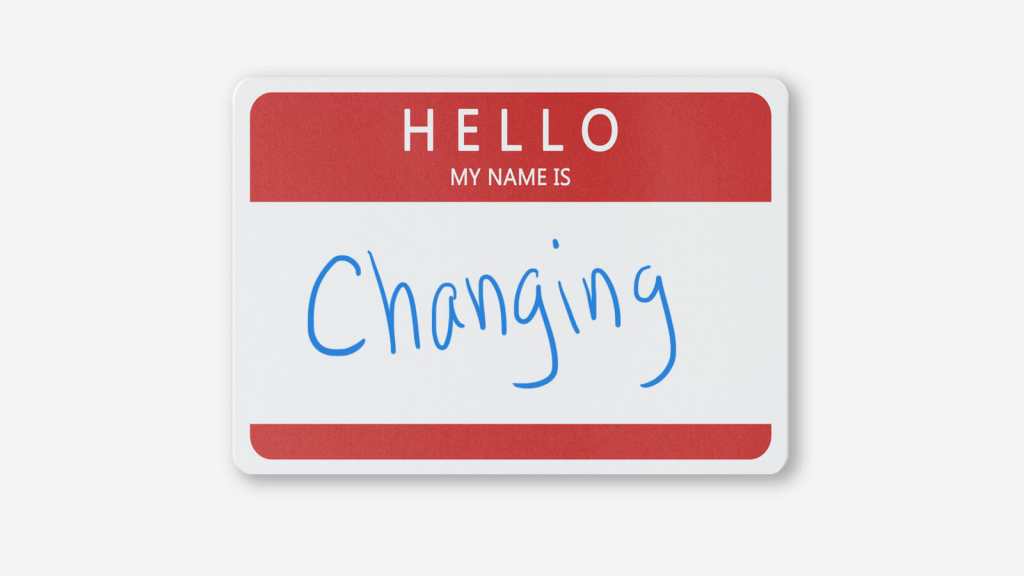
“I’m not my name. My name is something I wear, like a shirt. It gets worn. I outgrow it, I change it.”
Jerry Spinelli – Stargirl
Oftentimes—but not always—it’s appealing for transgender and gender non-conforming (GNC) folx to change their birth name (also called a “dead name” once they decide to go by something different). It does not require any paperwork in conversation and social settings to simply ask others to refer to you by a different name, but there is a bit more of a process for those seeking to solidify the change legally.
Laws and regulations surrounding name change processes differ from state to state, and looking at your home state’s procedures is important. However, generally there are a few common steps across the U.S. to enact a name change.
Part I
First and foremost, you have to put in a formal petition for a name change to be considered in your local or district court. If you are 18 or older, this process may include fingerprinting and a background check for you as well. If you are not yet 18, then you will need the permission and signatures of your parents or legal guardians for the majority of this process. There are fees associated with the forms you need to fill out in many states, and it is useful to check which court you are submitting it to, as the fees differ (sometimes dramatically; it pays to check!).
Part II
Secondly, you will need to fill out forms regarding the publication of the name change. Sometimes this includes a public notice of the change, and often a final decree that a judge or magistrate signs for you. The public notice piece has caught backlash from people in the trans community, as it effectively outs them to anyone who happens to recognize their dead name in the newspaper. Most publications of this type in newsprint are very small and not typically on an eye-catching page; that being said, the public notice can be waived with the appropriate forms.
Part III
You may need to attend a court hearing for the name change. This changes from state to state. Sometimes a hearing is not deemed necessary; however, if you have any criminal history or a felony on record, you may be asked to appear in court to explain the need for your change of name. You will also have to fill out additional paperwork.
Part IV
Finally, you’ll need to obtain the signed decree of the name change from the court once it is approved and processed. Some courts give you these documents the same day as your hearing. This document is effectively proof of your chosen identity. Keep these documents somewhere safe, as you would other important legal documents such as your birth certificate, social security card, passports, etc. You will need to present this document to legally change your name in most settings. In Colorado, you are given three original copies of this document, but more can be purchased upon request.
Further Questions?
That’s ok! Check with local LGBTQ+ community organizations in your area, as some may offer legal help at reduced or no cost. The name change process can seem daunting at first, but take it step by step and you’ll have a new, more appropriate and comfortable name that reflects your identity. Also, if you are a Colorado resident, or want to see paperwork similar to what you’ll need to file, check out the Colorado Name Change Project. They provide free documents and services, so you can apply for your name change without a lawyer.
For more information about filing a name change in Colorado, click on the picture below:

